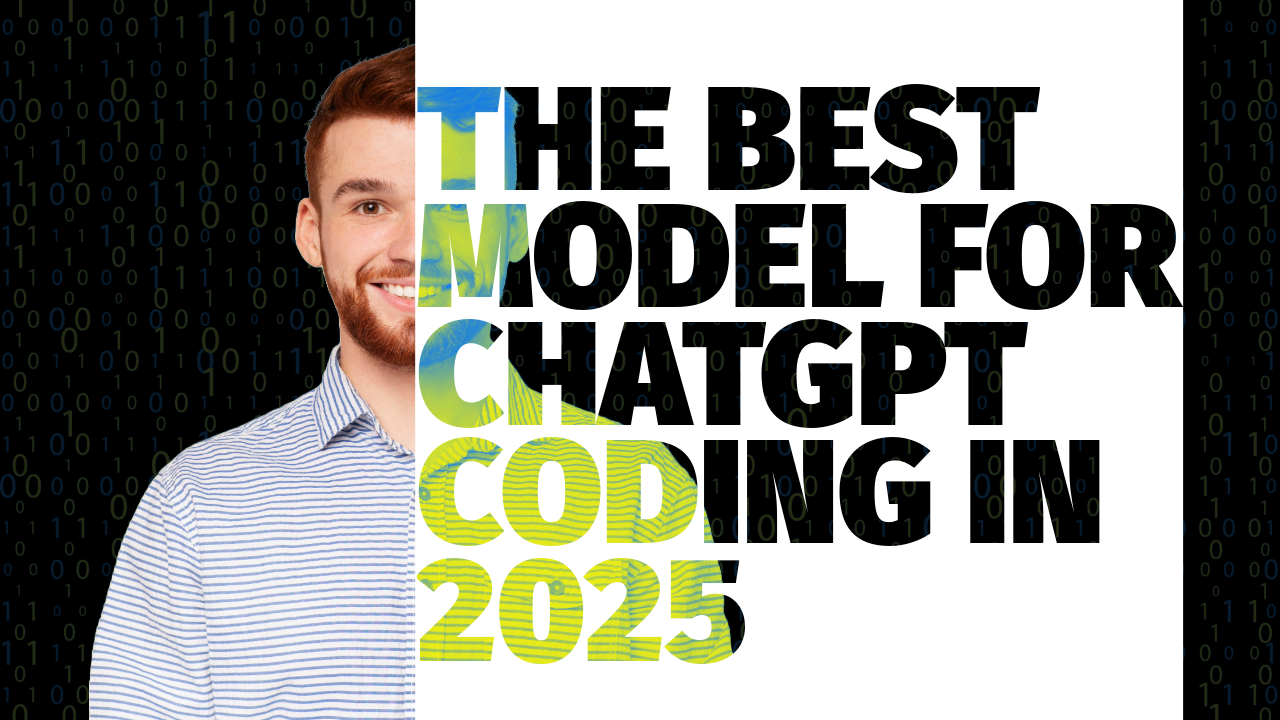Introduction
With the rapid advancement of artificial intelligence (AI), AI-generated content is becoming increasingly common in various fields, including journalism, academia, and creative writing. This has led to a growing need for AI content detection tools to distinguish between human-written and machine-generated text. But how effective are these tools, and what methods do they use? In this blog post, we explore AI content detection, its methodologies, and its limitations.
How AI Content Detection Works
AI content detection tools rely on machine learning algorithms, natural language processing (NLP), and statistical analysis to assess the likelihood of a text being AI-generated. Here are some of the primary techniques used:
Perplexity Analysis
Perplexity measures how unpredictable a text is to a language model. AI-generated content tends to have lower perplexity since it follows a more structured and probability-driven approach compared to human writing, which can be more varied and nuanced.
Burstiness and Repetition Detection
Burstiness refers to variations in sentence structures and complexity. Human writers often switch between short and long sentences, while AI-generated text may have a more uniform structure. Detection tools analyze this aspect to flag potential AI-generated content.
Semantic Analysis and Coherence Checks
AI models generate text based on probabilities rather than understanding, sometimes leading to inconsistencies in logical flow. Detection tools use semantic analysis to identify incoherent statements or unnatural transitions.
Metadata and Token Analysis
Some AI detection tools examine metadata, such as keystroke dynamics (for live writing) and token distribution, which can indicate whether content was machine-generated.
Proof of AI Content Detection Effectiveness
Several AI content detection tools claim high accuracy rates in identifying AI-generated text. Here are some empirical results from studies:
- OpenAI’s AI Classifier: OpenAI developed an AI classifier trained to detect text generated by models like GPT-3.5. While it performs well on longer texts, its accuracy diminishes on shorter inputs.
- GPTZero: Developed by Princeton student Edward Tian, GPTZero analyzes perplexity and burstiness. Early tests showed high accuracy in distinguishing AI vs. human text, though with occasional false positives.
- Turnitin AI Detection: Turnitin has integrated AI detection into its plagiarism software, reportedly identifying AI-generated academic content with over 90% accuracy.
Experiment
To test AI detection, let’s consider two text samples:
Sample 1:
The history of artificial intelligence traces back to the mid-20th century, with Alan Turing’s pioneering work. Over decades, AI evolved through rule-based systems, neural networks, and deep learning models.
Sample 2 (AI-Generated):
Artificial intelligence has been developing rapidly. It allows computers to analyze data, make decisions, and automate tasks. AI is useful in healthcare, finance, and entertainment.
When run through AI detectors like GPTZero or Turnitin, Sample 2 is more likely flagged as AI-generated due to its structured, repetitive nature and lower perplexity.
Limitations of AI Content Detection
While AI content detection has made significant progress, it is not foolproof. Some limitations include:
- False Positives: Human writers who use a structured, predictable style may have their work incorrectly flagged as AI-generated.
- False Negatives: Advanced AI models trained to mimic human writing styles can evade detection.
- Adversarial Techniques: Rewriting or paraphrasing AI-generated text can reduce detection accuracy.
Conclusion
AI content detection is an evolving field that helps in identifying machine-generated text, but it is not 100% reliable. Tools rely on perplexity, burstiness, semantic analysis, and other statistical methods, but they can still be tricked by sophisticated AI models. As AI technology advances, detection methods will also need to evolve to maintain accuracy and fairness.






